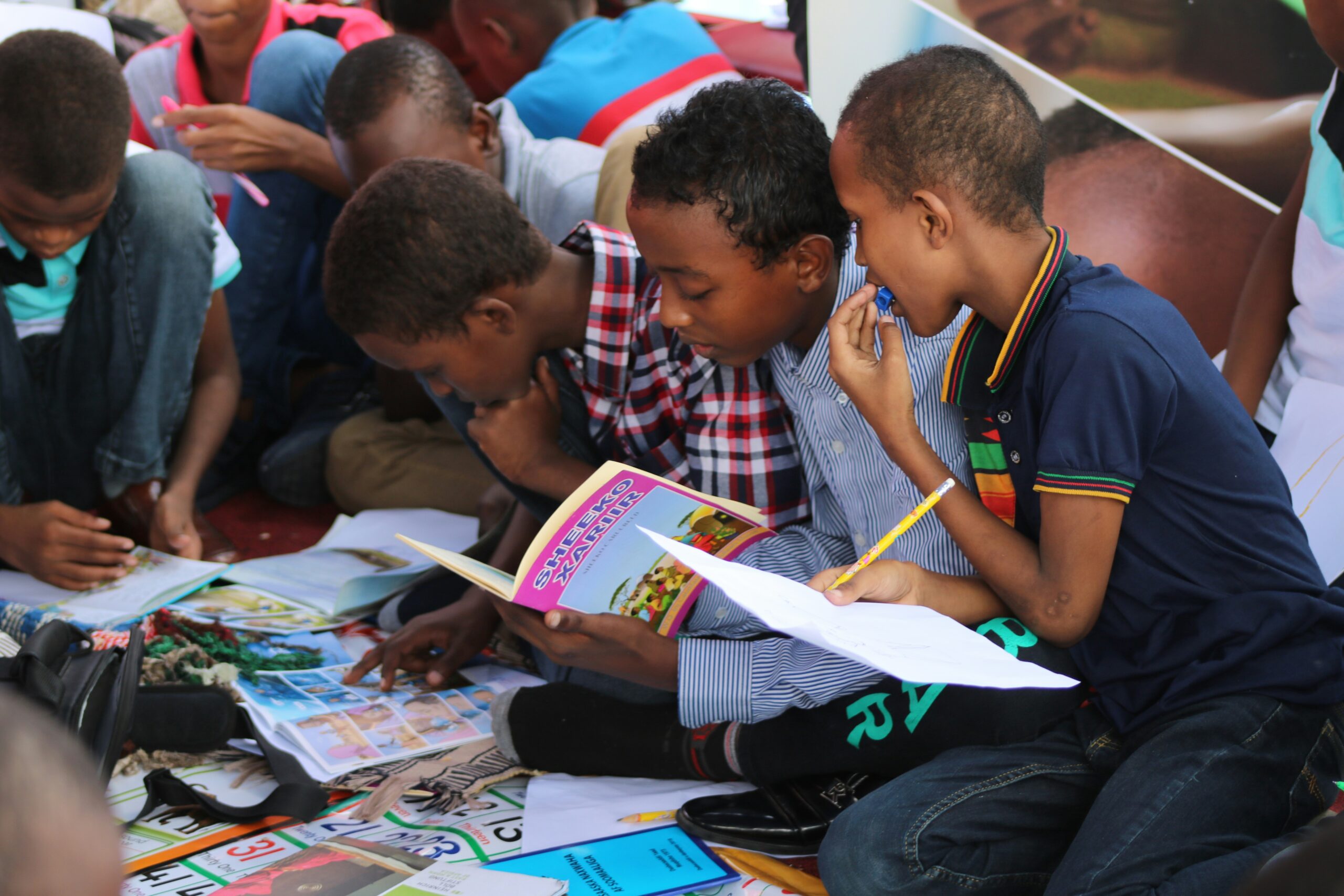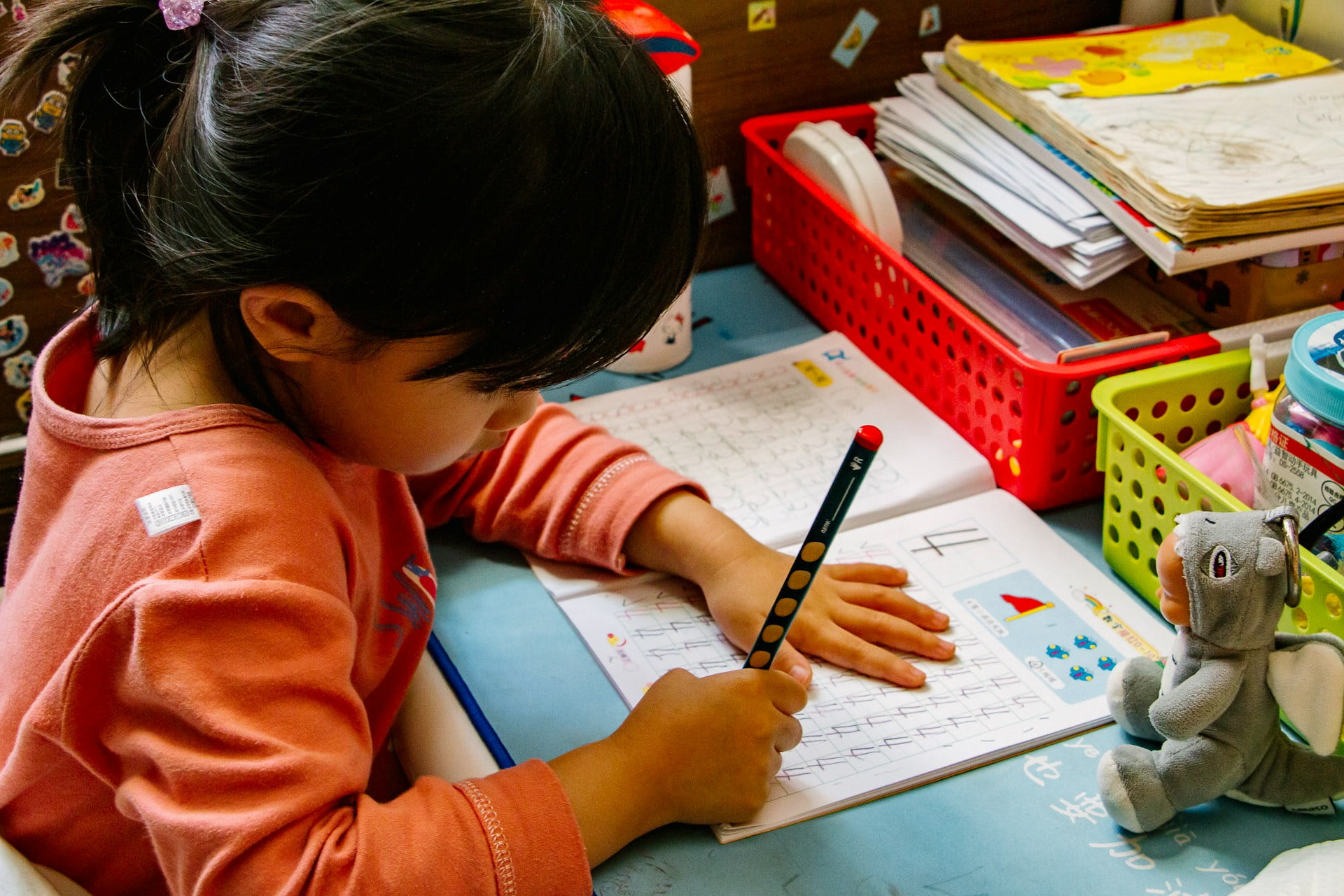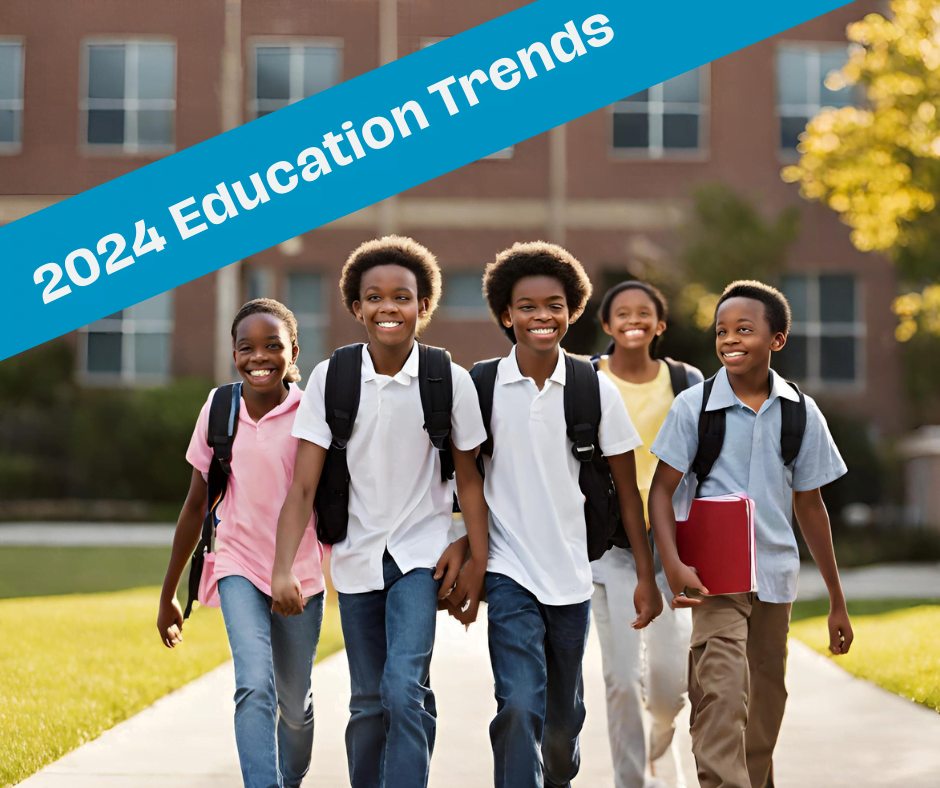Written by: Reagan Flowers, Ph.D.
Though it’s been more than four years since the pandemic shut down our schools, the lingering impact of these events is still overwhelming. Absenteeism ranks amongst one of the biggest problems continuing to widen learning gaps, so much so that the White House recently held a summit to address the nation’s education crisis.
The Statistics are Alarming
Absenteeism reached its height during the 2021-22 school year and has rebounded slightly but is still well above pre-pandemic levels. The problem is classified as chronic absenteeism when the student misses 10% or more of a school year. The number of students in this category soared from 15% in 2015 to more than 29% in 2022. Tied to these absences are the declining post-pandemic test scores, with reading scores down by 45% and math down by 27%. Students who are chronically absent are also far less likely to read at grade level.
There are still some unknowns, as the data for 2023-24 isn’t in yet, and only 39 states report data on chronic absenteeism. From what we do know, schools reported improvement in 2023, but chronic absenteeism rates remained 75 percent higher than the pre-pandemic baseline.
It comes as no surprise that these rates were highest in districts with low achievement and higher poverty, affecting over one in three students. In 2022, 16 percent of Asian students and 24 percent of white students were chronically absent, compared to 36 percent of Hispanic students and 39 percent of Black students.
How we can Make a Difference
The White House initiative stresses actions like texting families, better real-time reporting, and greater communications around the importance of being in school. Though these are helpful, they may not get to the heart of the problem.
When we consider the challenges faced by underserved or underrepresented students, who may have already been grappling with learning gaps, and then add the compounding effects of the pandemic and absenteeism, the task of catching up seems insurmountable. It is imperative that we establish effective strategies to identify and support these students, providing them with additional resources such as tutoring, summer camps, hands-on learning opportunities, and participation in STEM competitions. We cannot afford to assume that these students will naturally re-engage or that their parents will be able to single-handedly guide them back to the path of learning.
Real-life examples that engage and inspire students will also be crucial. Students must see the actual difference that someone like themselves committing to their education can make. Examples can be as simple as teachers holding alumni days where they bring in former students to speak and answer questions.
As educators, parents, friends, and supporters, it is our collective responsibility to safeguard the well-being and education of our young people. The ‘one-size-fits-all’ approach is no longer effective in today’s diverse student population, where each student has unique needs and circumstances. While we acknowledge the long road ahead, we must also recognize the potential for these students to overcome the unprecedented challenges they face, with our guidance and support.







